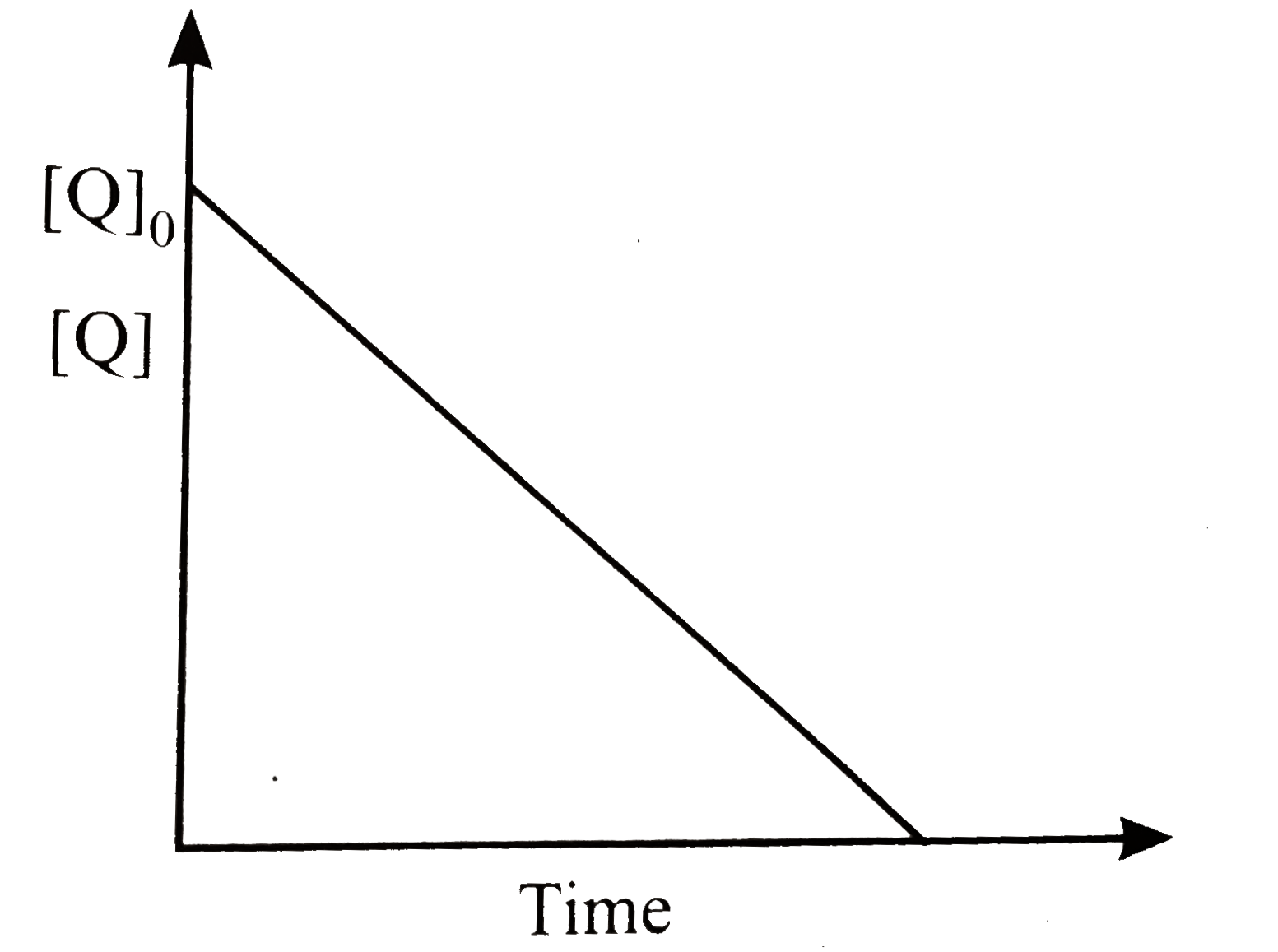Complete Solutions to Archives Single Correct of chapter CHEMICAL KINETICS of Class 12 book with complete answers and questions
| Class 12 | CHEMISTRY |
| Chapter | CHEMICAL KINETICS |
| CENGAGE CHEMISTRY | Archives Single Correct |
| Number Of Questions | 19 |
| Academic Year | 2023-24 |
The rate constant of a reaction depends on
01:51View SolutionA catalyst is a substance which
02:12View SolutionThe specific rate constant of a first order reaction depends on the
00:43View SolutionThe rate constant for the reaction
`2N_(2)O_(5) rarr 4NO_(2)+O_(2)`
is `3.0 xx 10^(-5) s^(-1)`. If the rate is `2.40 xx 10^(-5) mol L^(-1) s^(-1)`, then the concentration of `N_(2)O_(5)` (in `mol L^(-1)`) is01:47View SolutionFor an endothermic reaction, where `Delta H` represents the enthalpy of reaction in `kJ mol^(-1)`, the minimum value for the energy of activation will be
02:51View SolutionThe rate constant, the activation energy, and the Arrhenius parameter of a chemical reaction at `25^(@)C` are `3.0xx10^(-4)S^(-1), 104.4 KJ mol^(-1)`, and `6.0xx10^(14)S^(-1)`, respectively. The value of the rate constant as `Trarroo` is
02:09View SolutionIf `I` is the intenisty of an absorbed light and `c` is the concentration of `AB` for the photochemical process. `AB+hv rarr AB^(**)`, the rate of formation of `AB^(**)` is directly proportional to
03:02View SolutionConisder the chemical reaction
`N_(2)(g) + 3H_(2)(g) rarr 2NH_(3)(g)`
The rate of this reaction can be expressed in terms of time derivatives of the concentration of `N_(2)(g), H_(2)(g)`, or `NH_(3)(g)`. Identify the correct relationship among the rate expresisons.01:31View SolutionIn a first order reaction, the concentration of the reactant decreases form `800 "mol dm"^(-3)` to `50 "mol dm"^(-3)` in `2 xx 10^(4) s`. The rate constant of the reaction (in `s^(-1)`) is
02:36View SolutionA follows first order reaction.
`(A) rarr Product`
The concentration of `A` changes form `0.1 M` to `0.025 M` in `40 min`. Find the rate of reaction of `A` when the concentration of `A` is `0.01 M`.02:07View SolutionWhich of the following statements for the order of reaction is not correct ?
02:55View SolutionConisder a reaction `aG+bH rarr` Products. When concentration of both the reactants `G` and `H` is doubled, the rate increases eight times. However, when the concentration of `G` is doubled, keeping the concentration of `H` fixed, the rate is doubled. The overall order of reaction is
04:47View SolutionUnder the same reaction conditions, the intial concentration of `1.386 mol dm^(-3)` of a substance becomes half in `40 s` and `20 s` theough first order and zero order kinetics, respectively.
The ratio `(k_(1)//k_(0))` of the rate constants for first order `(k_(1))` and zero order `(k_(0))` of the reaction is02:27View SolutionFor a first order reaction `A rarr P`, the temperature `(T)` dependent rate constant `(k)` was found to follow the equation `log k = -2000(1//T) + 6.0`. The pre-exponential factor `A` and the activation energy `E_(a)`, respective, are
01:54View SolutionPlots showing the variation of the rate constant `(k)` with temperature `(T)` are given below. The plot that follows the Arrhenius equation is
02:32View SolutionThe rate of a reaction doubles when its temperature changes form `300 K` to `310 K`. Activation energy of such a reaction will be:
`(R = 8.314 JK^(-1) mol^(-1) and log 2 = 0.301)`02:46View SolutionIn the reaction, `P+Q rarr R+S`
the time taken for `75%` reaction of `P` is twice the time taken for `50%` reaction of `P`. The concentration of `Q` varies with reaction time as shown in the figure. The overall order of the reaction is
 07:26View Solution
07:26View SolutionFor the non-stoichiometric reaction `2A+BrarrC+D`
The following kinetic data were obtained in theee separate experiment, all at `98 K`
`|{:("Initial concentration (A)","Initial concentration (B)","Initial rate of formation of C" (molL^(-1) s^(-1))),(0.01 M,0.1 M,1.2 xx 10^(-3)),(0.1 M,0.2 M,1.2 xx 10^(-3)),(0.2 M,0.1 M,2.4 xx 10^(-3)):}|`
The rate law for the formation of `C` is:05:23View SolutionFor the elementary reaction `MrarrN`, the rate of disappearance of `M` increases by a factor of `8` upon doubling the concentration of `M`. The order of the reaction will respect to `M` is
02:22View Solution
Archives Single Correct questions and complete solutions for chapter CHEMICAL KINETICS of CENGAGE CHEMISTRY (HINGLISH) of Class 12
All Exercises from CENGAGE CHEMISTRY Class 12 CHEMISTRY CHEMICAL KINETICS
- Archives Fill In The Blanks
- Archives Integer
- Archives Multiple Correct
- Archives Single Correct
- Archives Subjective
- Archives True/False
- Ex 4.1 (Objective)
- Ex 4.2 (Objective)
- Ex 4.3 (Objective)
- Ex 4.3 More Than One Correct
- Ex4.4 Objective
- Exercises Assertion-Reasoning
- Exercises Fill In The Blanks
- Exercises Integer
- Exercises Linked Comprehension
- Exercises Multiple Correct
- Exercises Single Correct
- Exercises True/False
- Illustration
- Solved Example
